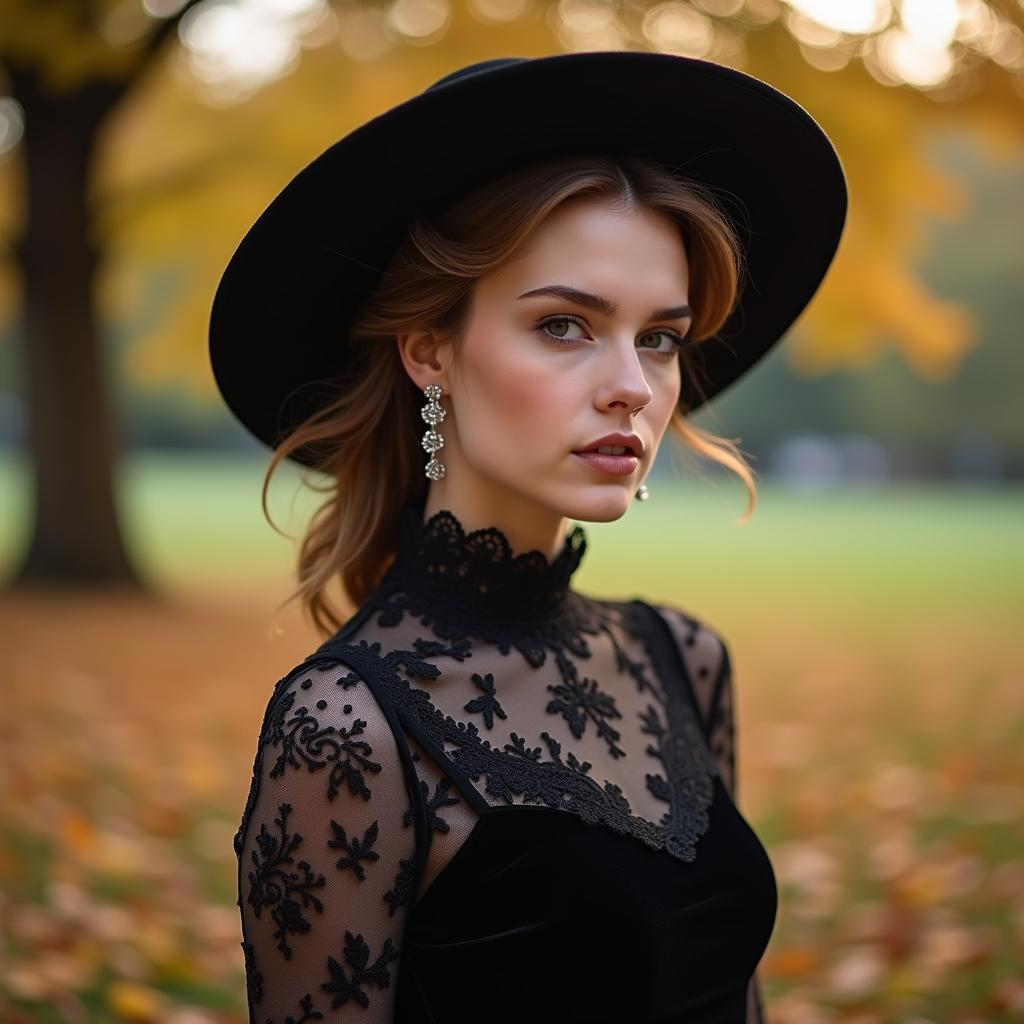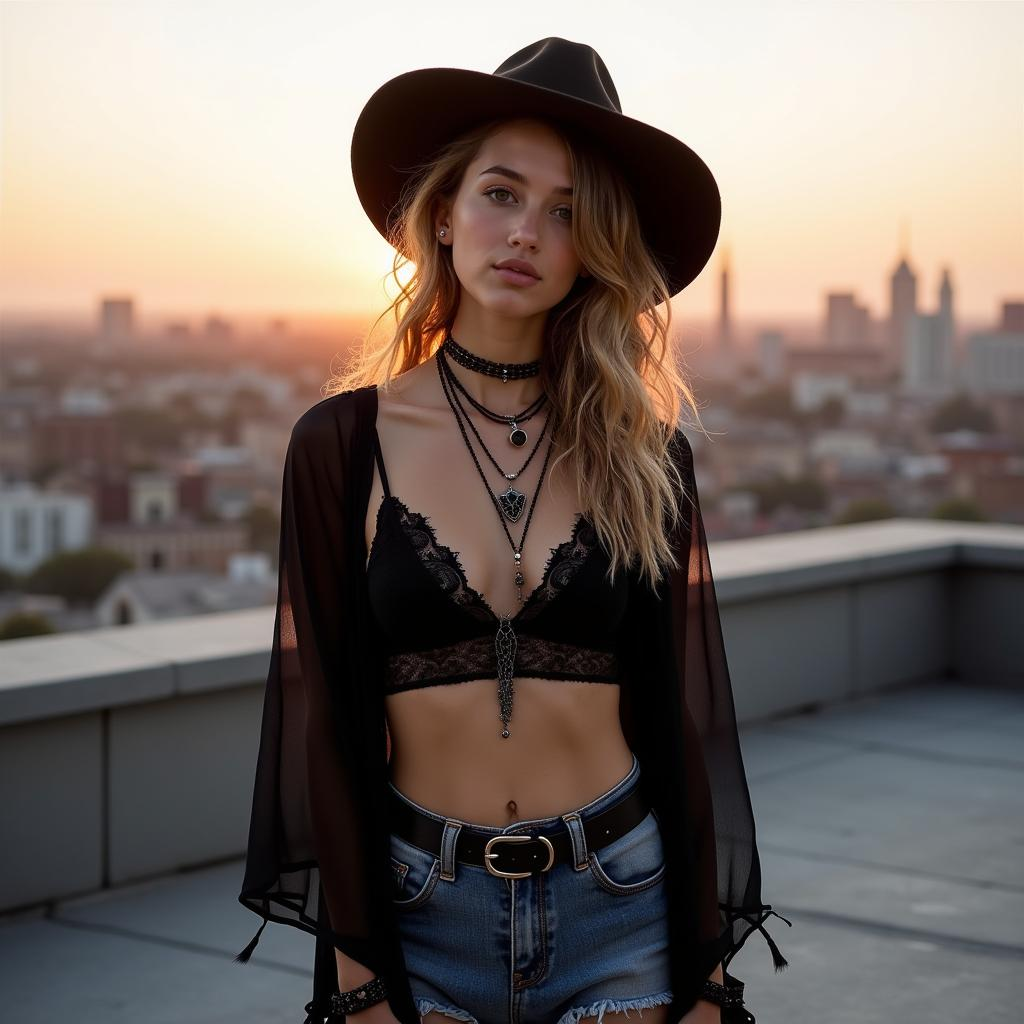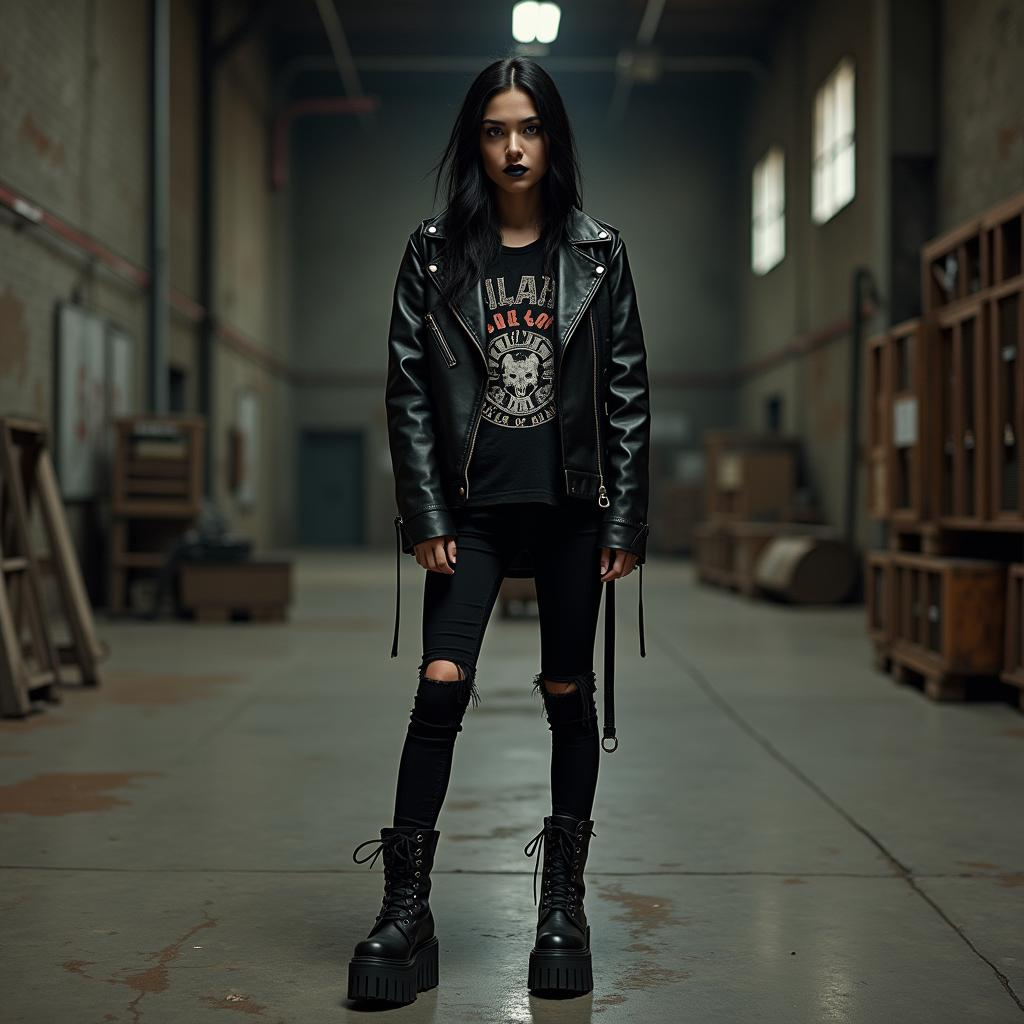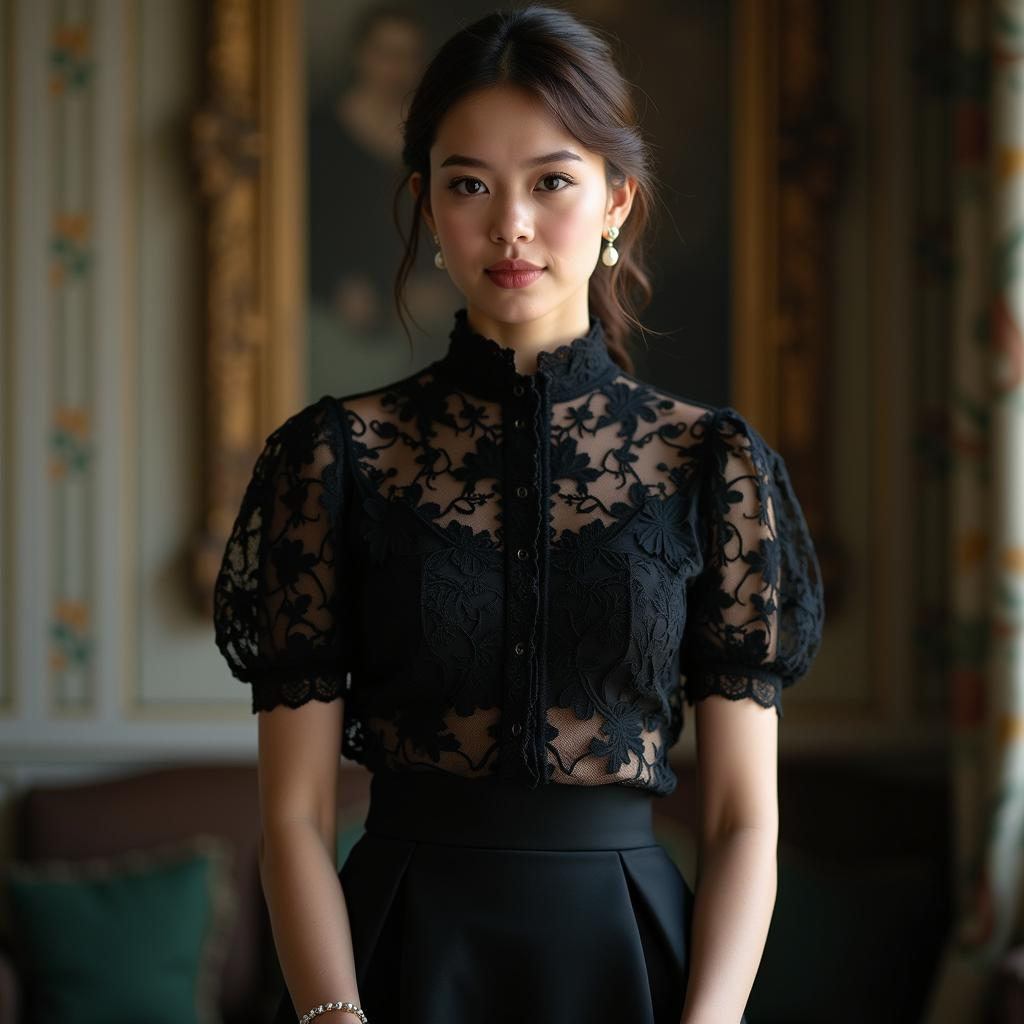Embracing the Gothic Aesthetic: A Comprehensive Guide to Gothic Fashion Styles
Gothic fashion is not merely a style; it is a statement of individuality and creativity that transcends trends and conventions. Rooted in the cultural and artistic movements of the late 20th century, the gothic style has evolved into a multifaceted expression of personality through clothing, accessories, and makeup. This blog post will delve into the rich history of gothic fashion, highlight essential pieces, provide styling tips, and showcase how to adapt the look for various body types and seasons.

The Origins of Gothic Fashion
Gothic fashion emerged from the post-punk movement of the late 1970s and early 1980s, closely associated with the music genre of the same name. Bands like Siouxsie and the Banshees, Bauhaus, and The Cure influenced the aesthetic with their dark, moody sounds and striking visuals. The style draws inspiration from Victorian and medieval fashion, featuring elements such as lace, velvet, and leather, all of which create an air of mystery and allure.

In addition to music, gothic fashion is influenced by literature and cinema, with classic gothic novels like Mary Shelley’s Frankenstein and Bram Stoker’s Dracula serving as rich sources of inspiration. The theatricality of these stories is reflected in the dramatic silhouettes and rich textures found in gothic clothing, which often aims to evoke emotions and tell a story.

Essential Fashion Pieces for Gothic Style
To curate a gothic wardrobe, consider incorporating the following key pieces:

- Lace and Velvet: Fabrics like lace and velvet are staples in gothic fashion, offering texture and a sense of luxury. A fitted lace blouse paired with a velvet skirt can create a striking ensemble.
- Leather Jackets: A classic black leather jacket adds an edge to any outfit, serving as a versatile layering piece that works for both casual and formal occasions.
- Combat Boots: Sturdy black combat boots not only provide comfort but also add a rebellious flair to your look. They can be paired with dresses or jeans for a balanced aesthetic.
- Maxi Dresses: Flowing black maxi dresses, especially those with lace trim or intricate detailing, embody the romantic side of gothic fashion. They can be dressed up or down, making them a versatile addition.
- Statement Accessories: Accessories such as chokers, layered necklaces, and rings featuring dark gemstones enhance the overall look. These pieces allow for personal expression and can be mixed and matched.
Styling Tips for Everyday Looks
Incorporating gothic fashion into your everyday wardrobe doesn’t have to be intimidating. Here are some practical tips:

- Start Small: If you’re new to the style, begin with subtle elements like a black lace top or dark lipstick. Gradually introduce more dramatic pieces, such as a long trench coat or combat boots.
- Mix and Match: Don’t be afraid to blend gothic pieces with your existing wardrobe. A leather jacket can elevate a simple white tee and jeans, while a dark skirt can be paired with a graphic band tee for a casual look.
- Play with Layers: Layering is key in gothic fashion. Experiment with different lengths and textures—try a lace blouse under a fitted blazer or a long cardigan over a fitted dress.
- Use Makeup to Enhance Your Look: Bold makeup can complement your outfit beautifully. A dark, smoky eye or bold lip color can enhance the gothic aesthetic without requiring a complete wardrobe overhaul.
Celebrities and Influencers Embracing Gothic Style
Many public figures embody the gothic aesthetic, showcasing how this style can be both elegant and edgy. Celebrities like Dita Von Teese and Billie Eilish often embrace gothic elements in their fashion choices, from dramatic silhouettes to intricate accessories. Influencers on platforms like Instagram and TikTok also showcase diverse interpretations of gothic fashion, inspiring others to experiment with their looks.

Adapting Gothic Fashion for Different Body Types
Gothic fashion is inclusive and can be adapted to suit various body types. Here are some tips:

- Hourglass: Emphasize your waist with fitted dresses or high-waisted trousers. Opt for cinched looks that accentuate your curves, such as a corset top paired with a flowing skirt.
- Pear Shape: A-line skirts and dresses that flare out from the waist can balance proportions. Pairing these with fitted tops draws attention to your upper body while providing comfort.
- Athletic: Opt for structured pieces like blazers or tailored trousers that create a more defined silhouette. Layering can add dimension and contrast to your overall look.
- Plus Size: Embrace flowing silhouettes and layered looks that provide comfort and confidence. Maxi dresses or oversized graphic tees can be both stylish and flattering.
Seasonal Adaptations of Gothic Style
Gothic fashion is versatile and can be adapted for any season:

- Spring/Summer: Light fabrics like chiffon and lace can be incorporated into dresses and tops. Pair these with sandals or lighter footwear to keep the look airy.
- Fall/Winter: Layering is essential during colder months. A long wool coat over a fitted turtleneck and high-waisted trousers can create a chic and cozy outfit. Don’t forget cozy accessories like scarves and beanies.
Conclusion
Gothic fashion is more than just a trend; it is a form of self-expression that allows individuals to showcase their creativity and embrace their unique style. By understanding the origins, essential pieces, and versatile styling tips, anyone can incorporate gothic elements into their wardrobe. Whether you prefer a subtle nod to the aesthetic or a full-on dramatic look, gothic fashion offers endless possibilities for personal expression.

Embrace the gothic aesthetic and let your clothing tell your story.

Leave a Reply